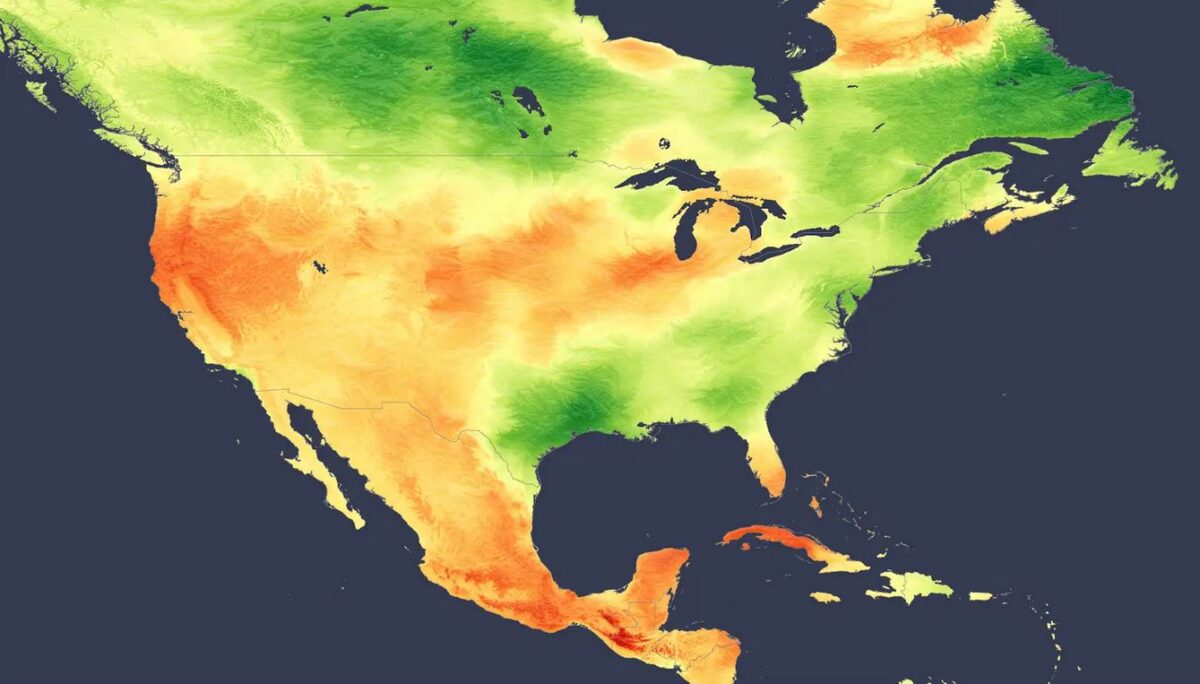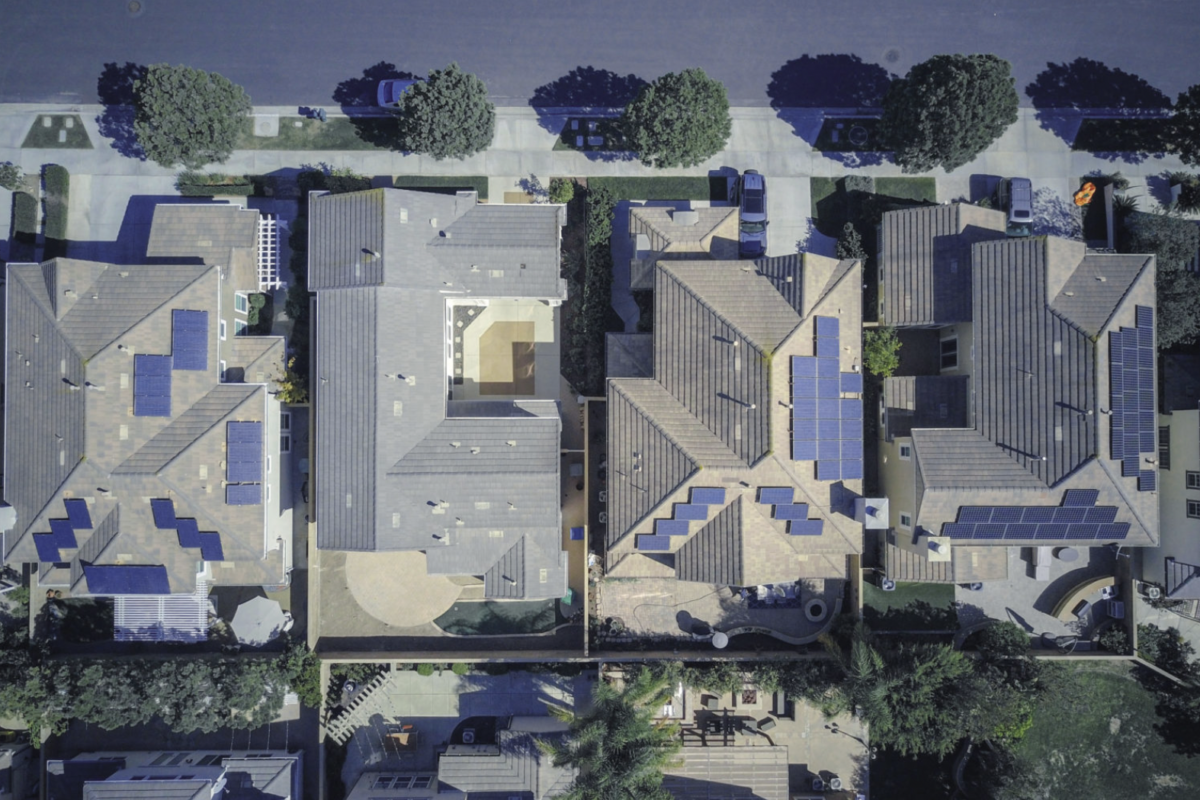A strong polar jet stream and a record-breaking heat dome in May resulted in a stark contrast in irradiance patterns across North America. The western and central USA, along with Mexico, experienced higher than normal irradiance, while the Gulf and East Coast regions faced lower irradiance, according to analysis using the Solcast API.

The persistent heat dome over the Gulf of Mexico has led to hot conditions across Mexico, with irradiance levels reaching nearly 130% of climatological averages. Most of Mexico and many Central American states are undergoing a record-breaking heat wave, exacerbated by
clear skies due to a weak subtropical jet stream. This situation is aggravating existing conditions that followed from the dry winter Mexico has experienced. The heat dome is expected to persist into June, shifting its influence towards the southern USA.
In the southeastern USA, wind and stormy weather has led to irradiance levels being almost 20% below average. The East Coast has also seen a drop of around 10% in irradiance from long term May averages. Southerly winds from the tropics brought warm and moist air
northward, contributing to the unusually warm conditions and lower than normal irradiance in Gulf states like Texas, Mississippi, Georgia, and Alabama. This is a preview of the anticipated stronger-than-normal hurricane season, which will not bode well for solar energy production due to the risk of damage, increased cloudiness and temperature-induced losses. The moist, hot air has also resulted in severe storms, such as those that hit Texas earlier this week and adjacent states over the weekend. These storms put pressure on the grid, leading to numerous outages and leaving many without power in the above average temperatures.

In contrast, the strong polar jet stream has created favorable conditions for asset and grid operators in the western USA. The jet stream over the North Pacific caused unseasonably cool temperatures in the Northwest, bringing chilly temperatures and higher than normal
irradiance. Solar irradiance in this region is up by almost 20% compared to long-term averages. This cool weather, coupled with long daylight hours, has provided optimal conditions for solar energy generation before the anticipated hot and dry summer.
Solcast produces these figures by tracking clouds and aerosols at 1-2km resolution globally, using satellite data and proprietary AI/ML algorithms. This data is used to drive irradiance models, enabling Solcast to calculate irradiance at high resolution, with typical bias of less than 2%, and also cloud-tracking forecasts. This data is used by more than 300 companies managing over 150GW of solar assets globally.
The views and opinions expressed in this article are the author’s own, and do not necessarily reflect those held by pv magazine.
This content is protected by copyright and may not be reused. If you want to cooperate with us and would like to reuse some of our content, please contact: editors@pv-magazine.com.



By submitting this form you agree to pv magazine using your data for the purposes of publishing your comment.
Your personal data will only be disclosed or otherwise transmitted to third parties for the purposes of spam filtering or if this is necessary for technical maintenance of the website. Any other transfer to third parties will not take place unless this is justified on the basis of applicable data protection regulations or if pv magazine is legally obliged to do so.
You may revoke this consent at any time with effect for the future, in which case your personal data will be deleted immediately. Otherwise, your data will be deleted if pv magazine has processed your request or the purpose of data storage is fulfilled.
Further information on data privacy can be found in our Data Protection Policy.